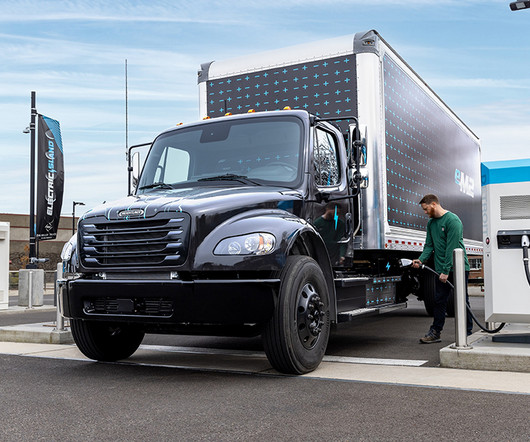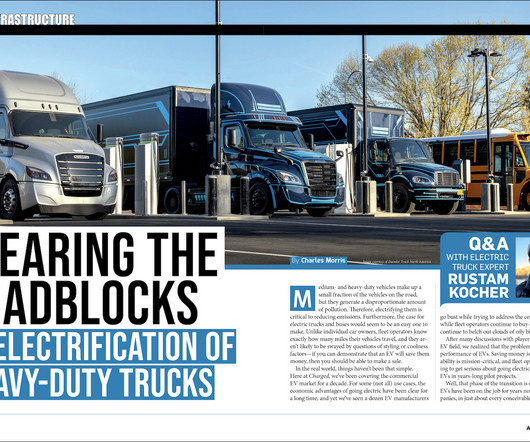Lung Association report highlights health and climate costs of petroleum-based transportation and the benefits of shifting to ZEVs
Green Car Congress
OCTOBER 27, 2016
Under this scenario, the estimated total health and climate change costs associated with passenger vehicle fleet pollution drops from to $37 billion annually to $15.7 For the average driver, every tank of gas burned costs $18.42 in hidden health and climate costs. Oregon: $1.3 billion by 2050. New York: $7.9















Let's personalize your content